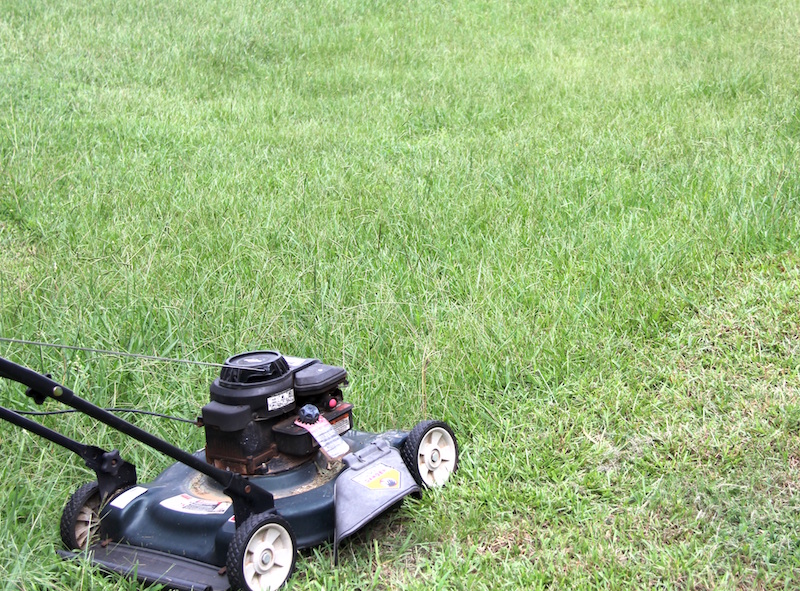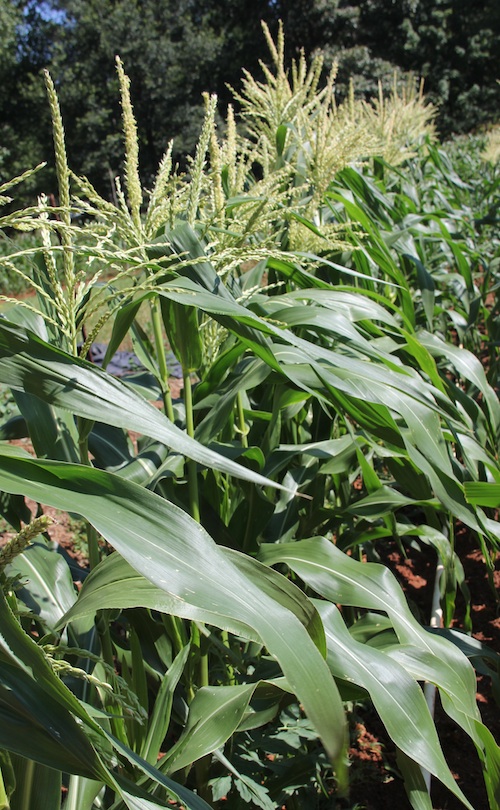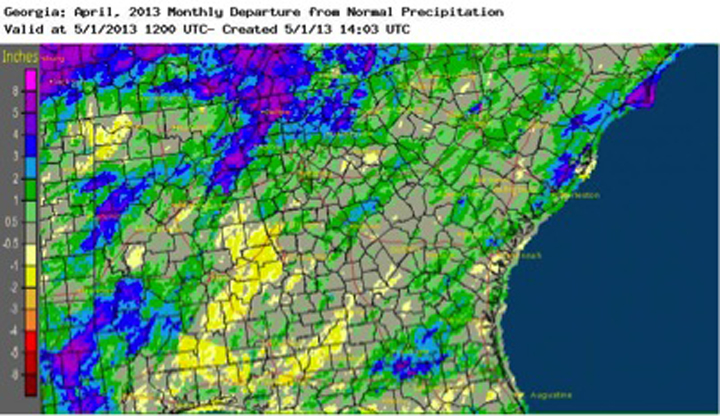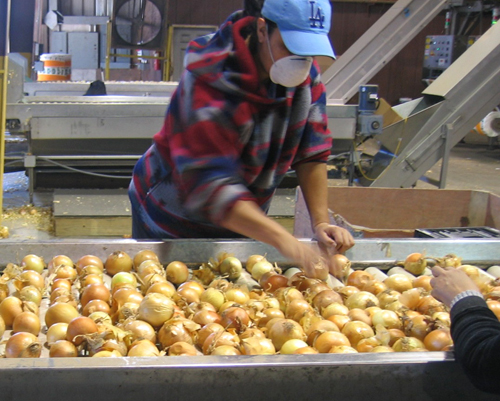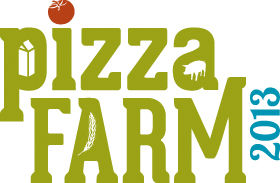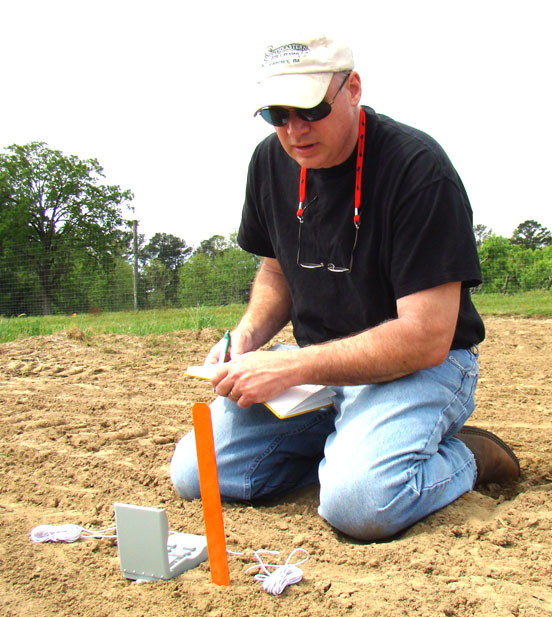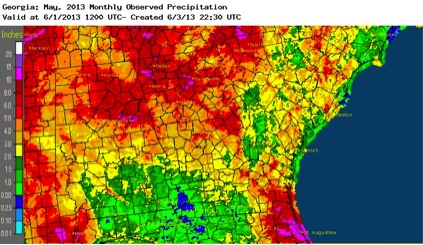 CAES News
CAES News
May Weather
May was wet, cool and cloudy throughout most of the state. That wet, cool weather kept the soil too wet to plant in some areas, while fields were too dry in others.


